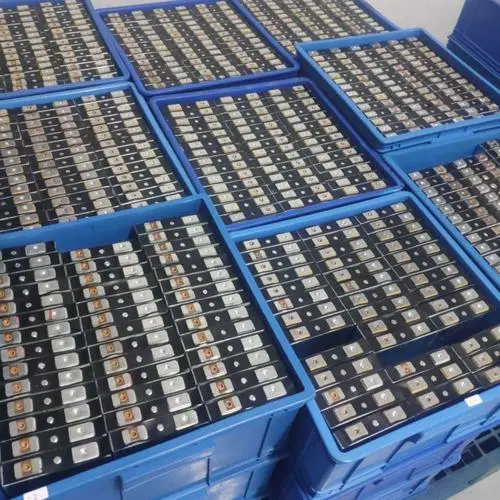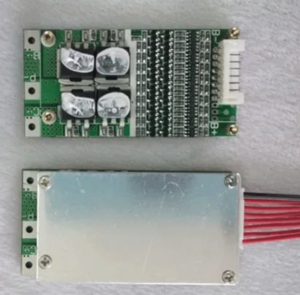The temperature characteristics and thermal management of lithium batteries are a very important part of battery technology research. Temperature has a significant impact on the performance and life of lithium batteries. Therefore, studying the temperature characteristics of lithium batteries and reasonable thermal management strategies are crucial to achieve efficient, safe, and long-lasting battery operation.

1. Temperature characteristics of lithium batteries:
1. The effect of temperature on battery capacity: The capacity of lithium batteries changes with changes in temperature. Generally speaking, low temperature will cause the capacity of lithium batteries to decrease, while high temperature may cause increased capacity loss and even cause safety issues.
2. The effect of temperature on the internal resistance of the battery: An increase in temperature will reduce the internal resistance of the lithium battery, thus improving its power performance. In low temperature environments, the internal resistance of the battery will increase, limiting the battery’s discharge rate.
3. The impact of temperature on battery life: Too high or too low temperature will reduce the life of lithium batteries. High temperature will cause polarization reactions and material degradation, reducing the cycle life of the battery; low temperature will increase the polarization speed of the electrochemical reaction inside the battery and shorten the battery life.
4. The impact of temperature on battery safety: Excessive temperature can cause safety issues such as thermal runaway, combustion or even explosion. Therefore, it is crucial to effectively control and manage the temperature of lithium batteries.
2. Thermal management of lithium batteries:
1. Temperature monitoring and control: By arranging temperature sensors in the battery pack, the temperature of the battery can be monitored in real time so that timely measures can be taken for control. For example, when the temperature is too high, the temperature can be lowered by reducing the charging rate, increasing heat dissipation, etc.
2. Heat dissipation design: Reduce battery temperature rise through reasonable heat dissipation design. Heat sinks, heat pipes, fans and other heat dissipation components can be used to improve heat dissipation efficiency and prevent overheating.
3. Thermal management system: The thermal management system actively controls the temperature of the battery. Liquid cooling or air cooling can be used to cool the battery to ensure that the battery temperature is within a reasonable range.
4. Temperature compensation algorithm: According to the temperature characteristics of the battery, the battery performance at different temperatures is compensated and adjusted. Through reasonable algorithms and control strategies, the working efficiency and life of the battery can be improved.
The temperature characteristics and thermal management strategies of lithium batteries are important aspects of lithium battery technology research. By deeply understanding the characteristics of lithium batteries at different temperatures and adopting reasonable thermal management strategies, the performance, lifespan and safety of the battery can be improved. In the future, with the continuous development of lithium battery technology, research on temperature characteristics and thermal management strategies will be further improved and optimized.
https://www.linkedin.com/company/solar-power-x/




